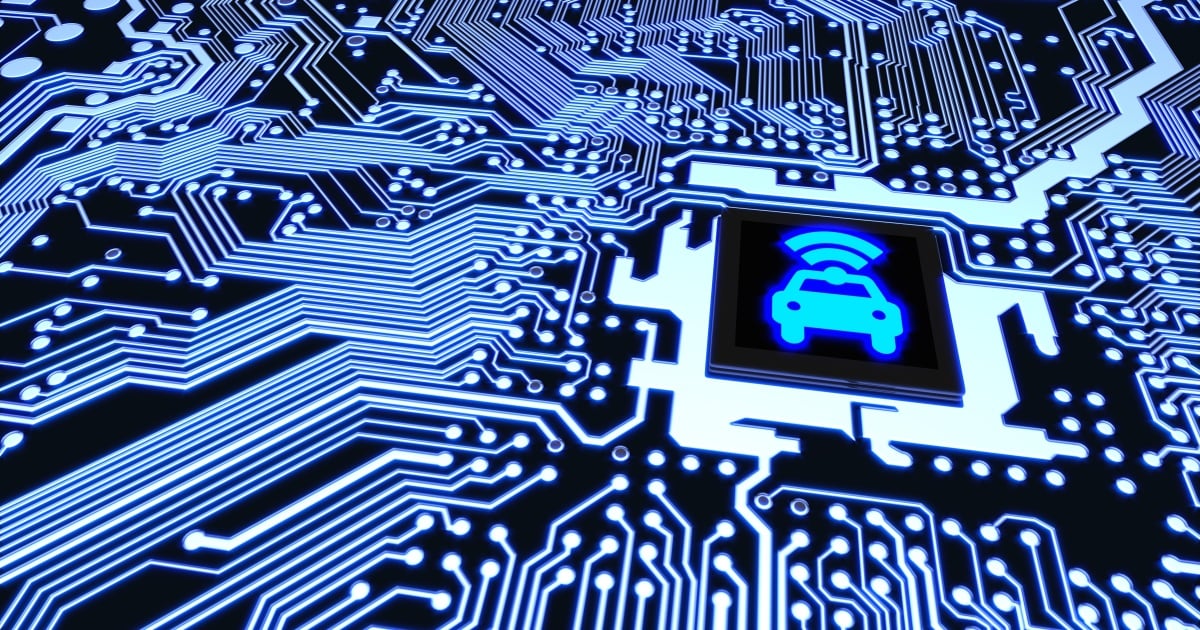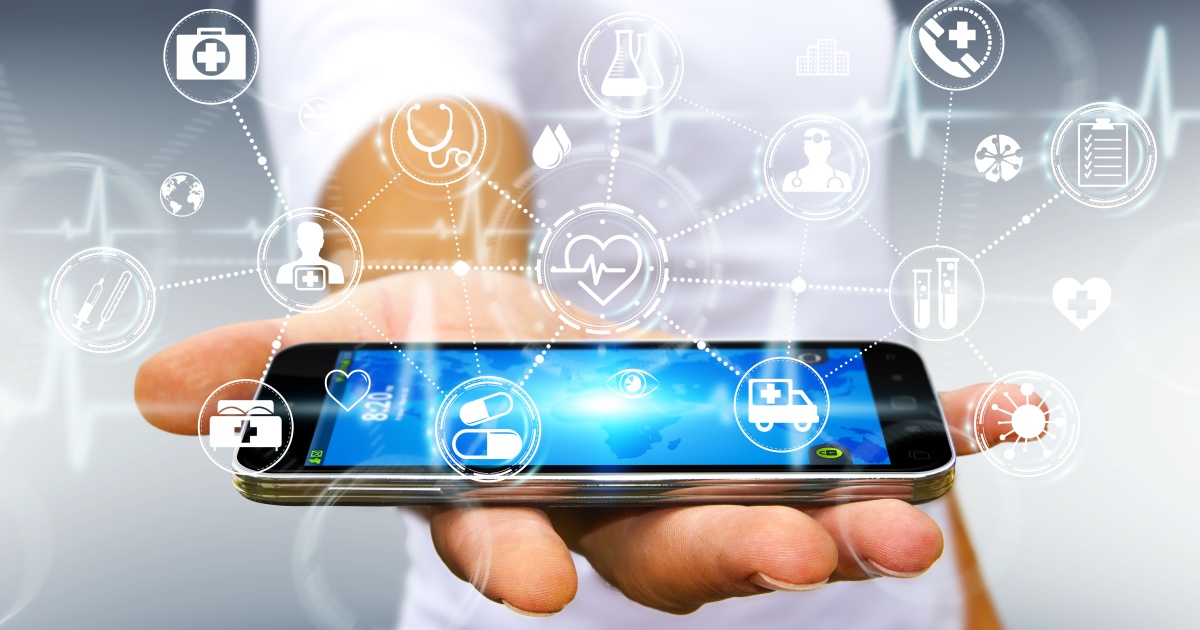
The rise of the Internet of Things (IoT) has led to huge innovation within many sectors, with the healthcare sector being one of the largest to take advantage of the new technologies designed to achieve much improved health and wellness for patients.
The Internet of Medical Things (IoMT) has greatly increased comfort for patients using connected devices such as smart watches that track vital signs and contact lenses that track glucose levels, that allow for remote monitoring of patients so that doctors are certain that patients follow instructions without requiring visitations, while also offering higher accuracy by reducing the possibility of human error.
One company working to accelerate the use of secure IoMT devices is Sigfox, based in Labège, France. They currently provide their low broadband dedicated network, defined as a 0G network, throughout 60 countries with their goal set to connect a global network that allows seamless data roaming throughout the world using a single subscription.
“As IoT applications have matured, and more efficient networks have been introduced, healthcare organizations have been leveraging the technology’s capabilities to improve the efficiency and cost of the innovative care they are able to offer,” said Ajay Rane, the VP of business development at Sigfox.
One IoMT device the Z#LINK produced by Z#BRE and Sigfox Ready Certified (RC1) for the EMEA market is a smart Near Field Communication (NFC)-SIGFOX solution that facilitates and ensures stable management of home services for the elderly and disabled. This solution features a temperature sensor, a call button, and records arrival and departure times for social-service personnel.
Z#BRE offers a connected assisted-living box for seniors that enables cities, insurance companies and social service personnel to monitor services and care provided at seniors’ homes. The Z#LINK box ensures that all necessary health care services – from meal distribution to medicine administration – are being provided according to schedule. Further, it alerts appropriate people when dramatic climate changes, such as a drop in temperature, are detected by sensors embedded in the box.
Sigfox’s vision to “Make Things Come Alive” embodies their firm’s ambition for interconnectivity between billions of devices worldwide. In reference to IoMT this creates more cost-effective alternatives to current age devices to be used internationally to drastically improve patient outcomes.
IoT sensors are becoming widely used in monitoring of the elderly in order to improve senior living facilities and healthcare devices, while proving cost effective for businesses who hope to provide efficient services. One example of this is asthma monitors which detect symptoms of an impending asthma attack and notify the wearer. These monitors can be personalized to send a text to a designated caregiver if an attack is imminent. Moreover, it features algorithm technology that learns a user over time to understand what is abnormal and indicative or an attack.
“The 0G network is the ideal network for IoT connectivity in the healthcare industry for a number of reasons,” said Rane. “From its no-pairing requirements, low power consumption, which allows devices to have a device lifetime battery guarantee and offers users the peace of mind that their device will always be connected, to its broad coverage range and easy-to-understand messages, the network is a simple – yet powerful – tool for monitoring the important details involved in delivering effective care to patients.”
Overall, IoT devices are clearly aligned with the future of healthcare and part of the solution to dealing with the challenge of a growing elderly population that will cause added strain on healthcare services. Bringing together connected devices to accelerate innovation in connected healthcare is poised to greatly improve patient welfare while reducing costs.
Edited by
Ken Briodagh





